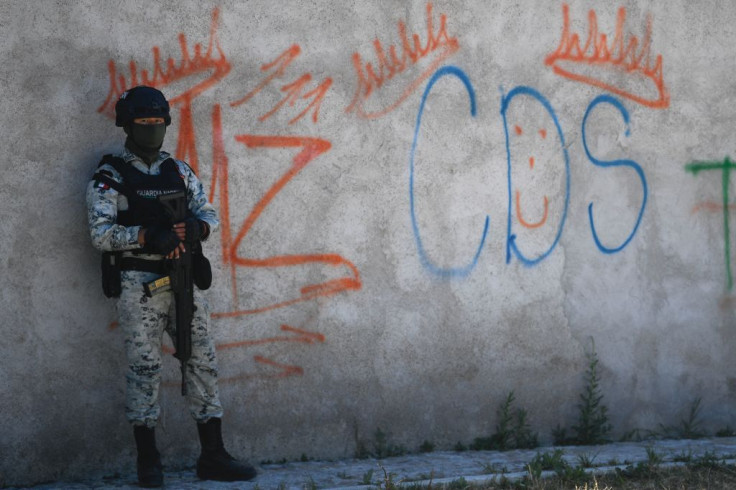
Violence and migration dynamics are reshaping Tapachula, a city on Mexico's southern border, according to an in-depth piece by InSight Crime. Once dominated by Central American street gangs like MS13 and Barrio 18, Tapachula is now under the control of powerful Mexican drug cartels: the Sinaloa Cartel and the Jalisco Cartel New Generation (CJNG). This shift reflects broader criminal influences and the evolving role of the city as a crucial hub for migration and drug trafficking.
The outlet tells the story of Poison and Malandro, former gang rivals from El Salvador and Honduras respectively, to illustrate the complex transformation in Tapachula. Both fled gang violence in their home countries and now live in a migrant shelter in Tapachula. Despite their past affiliations with MS13 and Barrio 18, they find themselves subordinate to the local drug traffickers.
Tapachula's role as a migration hub is central to understanding its criminal landscape, the outlet explains. Located in Chiapas, near the Guatemalan border, the city is a primary transit point for migrants from Central America aiming to reach the United States, with the influx of migrants fueling both formal and informal economies in the city.
From 2021 to 2023, nearly 390,000 asylum seekers from 102 countries registered in Mexico, 60% doing so in Tapachula. Local activists estimate the actual number of migrants passing through the city to be much higher, often without leaving official records.
While migration sustains parts of Tapachula's economy, it also attracts criminal elements. The presence of MS13 and Barrio 18 remains, but their influence is limited to small-scale drug dealing and other minor criminal activities. These gangs are now overshadowed by the cartels, which have integrated drug trafficking and migrant smuggling into their operations.
Tapachula's strategic location has made it a key corridor for drug trafficking. The Sinaloa Cartel once dominated this route, but since 2021, the CJNG has aggressively expanded its presence. The ensuing conflict has led to increased violence in the region. For instance, in May 2023, over 3,000 people were displaced in Frontera Comalapa, and local police stations in Tapachula have faced attacks linked to the CJNG.
The economic implications of migration for criminal groups are significant. Migrant smuggling has become a lucrative business for cartels. Coyotes, or human smugglers, report paying substantial fees to cartels to ensure safe passage for migrants. These payments, often comprising half of the smuggler's earnings, are a vital revenue stream for cartels and fuel their operations.
Despite their diminished power, street gangs like MS13 and Barrio 18 continue to operate in Tapachula, facilitating drug sales and occasionally smuggling migrants. However, their activities are largely under the control of the dominant cartels. The violence and control exerted by these larger criminal organizations have overshadowed the once-prominent street gangs.
Tapachula's transformation underscores the interplay between migration and organized crime. As migration flows continue and criminal groups vie for control, the city remains a critical node in the complex networks of migration and drug trafficking in southern Mexico.
© 2024 Latin Times. All rights reserved. Do not reproduce without permission.







